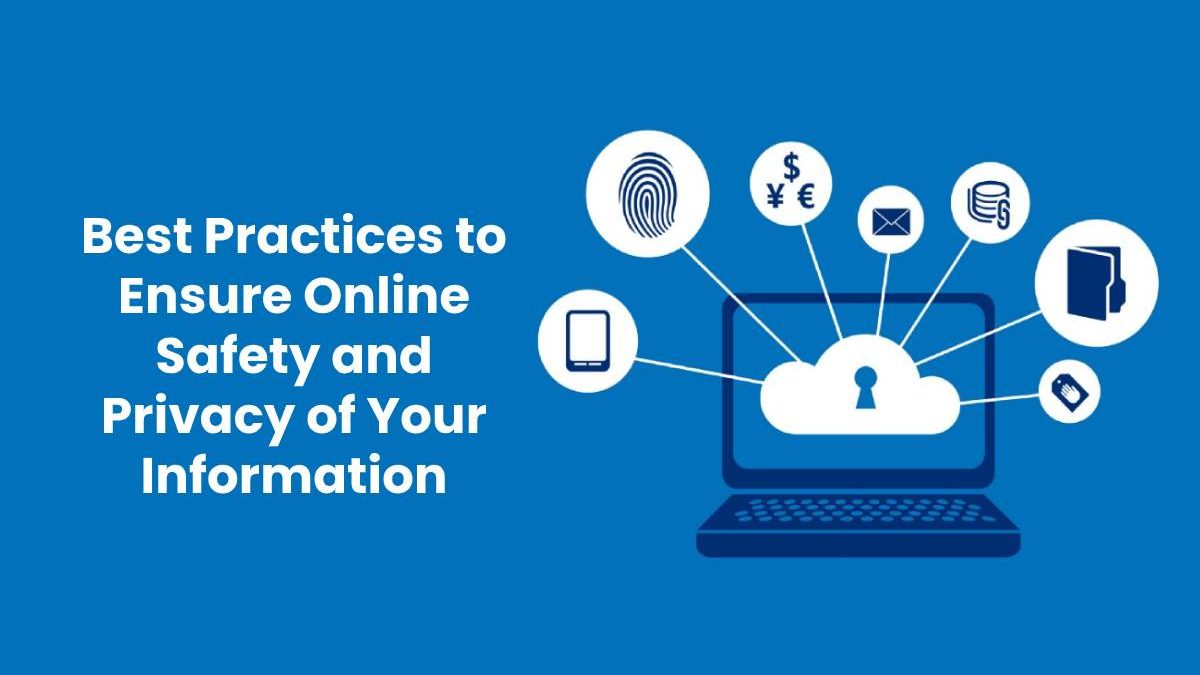Online Safety and Privacy
Since we now carry around what would have been supercomputers some 20 years ago in our pockets, it is only natural that we use them more often in our daily lives.
We are using online banking to do a wide variety of things, so it’s only natural that we want to be extra careful with online safety.
We’re here to discuss some approaches you can take to ensure there’s less of a chance you get attacked and robbed.
Table of Contents
Browsing with safety in mind
One of the biggest mistakes you can make is to drop your guard while browsing through your email, Facebook messages, and other messaging channels. We go through our various messaging channels numerous times throughout the day. All it takes is one reckless click on a harmful link, and you’re in trouble.
Keep yourself in check – analyze each contact before you respond to it, especially one that contacts you through your emails. Furthermore, don’t by any means click on links from contacts that you don’t know very well. Even if you do, if the link is shared without context or the text that follows doesn’t seem like it was written by that person – you might want to consider contacting them before you click the link.
Kaspersky vs. Avast – How to choose the best antivirus software. A perfect guide in 2020.
In some cases, infected PCs will send messages to other contacts to spread the infection.
In general, when browsing, make sure that you visit credible websites and try not to click on pop-ups, and if a website starts redirecting you often, it’s probably not very safe.
The padlock icon in the address bar is a good indicator of basic safety on a website. If the padlock is locked, then the connection between the browser and the server is encrypted with an SSL/TLS protocol. If the padlock is unlocked, the information you send might be under the supervision of outside forces.
You can click on the padlock to see further information about the encryption and information you’re sharing.
Recognizing various infections
One of the biggest skills you can have when it comes to data safety is to notice when something is off about the way your machine behaves. It means that you’ll have to understand what malicious software does and how it’s categorized.
Malware
This type of malicious software is designed to attack specific aspects of your PC or Mac software functionalities and essentially put the machine out of commission. In some cases, they’re designed to corrupt files; in others, they destroy your OS. Whatever it is – you’ll notice it quickly.
Adware
It’s a more subtle version of malicious software. This one will not destroy your computer’s functionality – it will display designated ads and download advertising material while you are online. If you’ve been noticing a lot of specific ads lately, which have gotten even more relentless than before – you might be a victim of adware.
Spyware
This could be the most dangerous form of malicious software so far. It’s designed to track your online movement and extract information like email addresses, user names, passwords, pins, and other sensitive data.
So, there are usually no obvious things to tip you off about being infected. It can be very dangerous as your sensitive data may be already used to clean out your bank account before you even find out that it is compromised.
Find a premium anti-virus, pay for it, and keep it updated. That’s your best bet!
Additional advice
Here are a few more general tips to keep in mind to ensure the safety of your data.
Phishing
This form of online scamming prays on the people who don’t understand the online environment very well or use camouflage to seem like they are a trusted contact.
The most common contact comes through emails, but they can come from anywhere. Some phishing scams were known to happen over the phone.
These scammers will attempt to impress a support agent of a service you use, offer you a shopping discount, and even a job to make you disclose sensitive information.
Email phishing is the most common form of this scam, and you should definitely keep in mind who you’re contacted by. That goes for both your personal and business correspondence.
Password managers and password creation
Using a reliable password manager can help you combat keystroke logging and other malicious software. By eliminating the need to add your password through keyboard input, you reduce the possibility of your password being stolen.
Furthermore, even the design of your password is a factor in online safety. Use passwords longer than 12 characters. Make your password a combination of letters, symbols, numbers, and low and high caps.
Stay away from standard passwords that a lot of people use as they are easier to break. Also, avoid writing down your passwords either digitally or on paper. You never know who can be snooping about.
These are some of the basics of online safety, and you can apply on a personal level. If you are looking for something to help you protect business resources online, this is a whole other subject, and things get a bit more complex.

